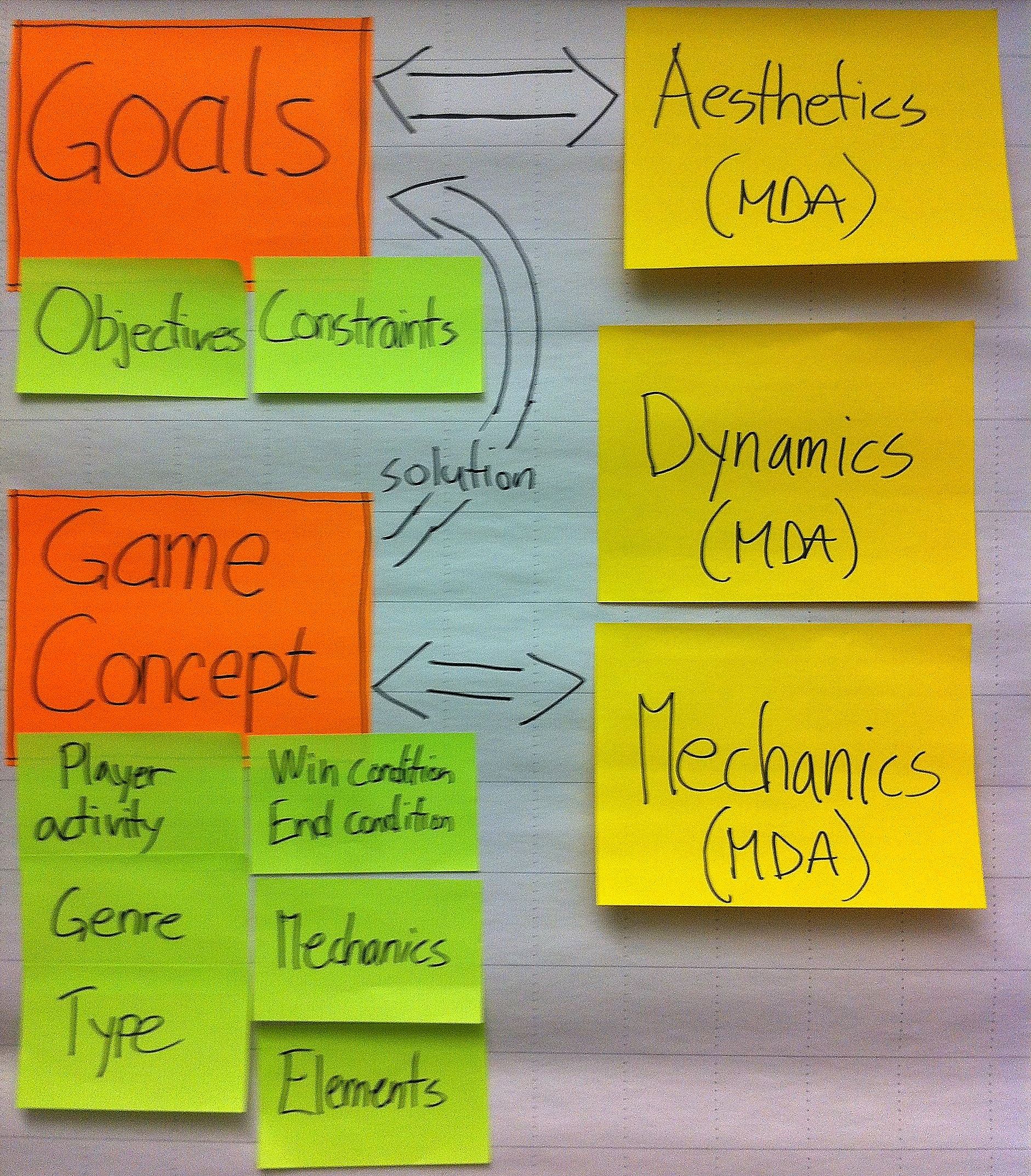Agile Layout - An Overview to Reliable and Flexible Product Developmen…
페이지 정보

본문
Intro
Agile Style provides an adaptable, efficient strategy to item growth, integrating agile principles with design thinking. This strategy uses short, repetitive cycles and fast individual comments to generate solutions that fulfill users' advancing requirements. Agile Layout is especially effective in a world where market requires change rapidly and products need to be straightforward.
Defining Agile Layout
Agile Design combines design concepts with active operations, causing products that are receptive, high-quality, and user-centered. By welcoming a repetitive method, Agile Design enables groups to test and boost their work, ensuring a close placement with user needs.
Core Principles of Agile Style
User-Centered Reasoning: Agile Style makes sure individual comments is at the forefront of each version. This continuous comments process helps assist the advancement of a product that lines up with individual expectations.
Rapid Prototyping: Agile Design involves creating models that can be tested and refined swiftly, preventing pricey design modifications at later stages.
Cross-Disciplinary Collaboration: Cooperation in between various teams, such as designers, designers, and stakeholders, is necessary to Agile Style's success.
Responsive to Adjustment: Agile Layout motivates versatility, adapting as market needs or individual assumptions evolve.
 Why Agile Style Issues
Why Agile Style Issues
The Agile Layout process leads to items that much better fit individuals' needs, producing an affordable edge. By replying to real-time comments, Agile Layout lowers advancement costs and develops products that adjust to changing requirements.
Exactly How to Execute Agile Layout
Break down the task into style sprints, which permits quicker changes based upon comments. Regular screening with real customers makes certain the end product matters and user-focused.
Agile Layout uses a versatile, reliable method to product growth, combining nimble principles with style thinking. This method utilizes short, iterative cycles and rapid user comments to generate solutions that satisfy users' advancing demands. Agile Design is specifically effective in a globe where market requires modification swiftly and items should be easy to use.
Agile Style provides an adaptable, efficient strategy to item growth, integrating agile principles with design thinking. This strategy uses short, repetitive cycles and fast individual comments to generate solutions that fulfill users' advancing requirements. Agile Layout is especially effective in a world where market requires change rapidly and products need to be straightforward.
Defining Agile Layout
Agile Design combines design concepts with active operations, causing products that are receptive, high-quality, and user-centered. By welcoming a repetitive method, Agile Design enables groups to test and boost their work, ensuring a close placement with user needs.
Core Principles of Agile Style
User-Centered Reasoning: Agile Style makes sure individual comments is at the forefront of each version. This continuous comments process helps assist the advancement of a product that lines up with individual expectations.
Rapid Prototyping: Agile Design involves creating models that can be tested and refined swiftly, preventing pricey design modifications at later stages.
Cross-Disciplinary Collaboration: Cooperation in between various teams, such as designers, designers, and stakeholders, is necessary to Agile Style's success.
Responsive to Adjustment: Agile Layout motivates versatility, adapting as market needs or individual assumptions evolve.
 Why Agile Style Issues
Why Agile Style IssuesThe Agile Layout process leads to items that much better fit individuals' needs, producing an affordable edge. By replying to real-time comments, Agile Layout lowers advancement costs and develops products that adjust to changing requirements.
Exactly How to Execute Agile Layout
Break down the task into style sprints, which permits quicker changes based upon comments. Regular screening with real customers makes certain the end product matters and user-focused.
Agile Layout uses a versatile, reliable method to product growth, combining nimble principles with style thinking. This method utilizes short, iterative cycles and rapid user comments to generate solutions that satisfy users' advancing demands. Agile Design is specifically effective in a globe where market requires modification swiftly and items should be easy to use.
- 이전글You'll Be Unable To Guess Best Robot Vacuum That Mops's Benefits 24.12.30
- 다음글This Is How Glassrepair Will Look Like In 10 Years 24.12.30
댓글목록
등록된 댓글이 없습니다.






